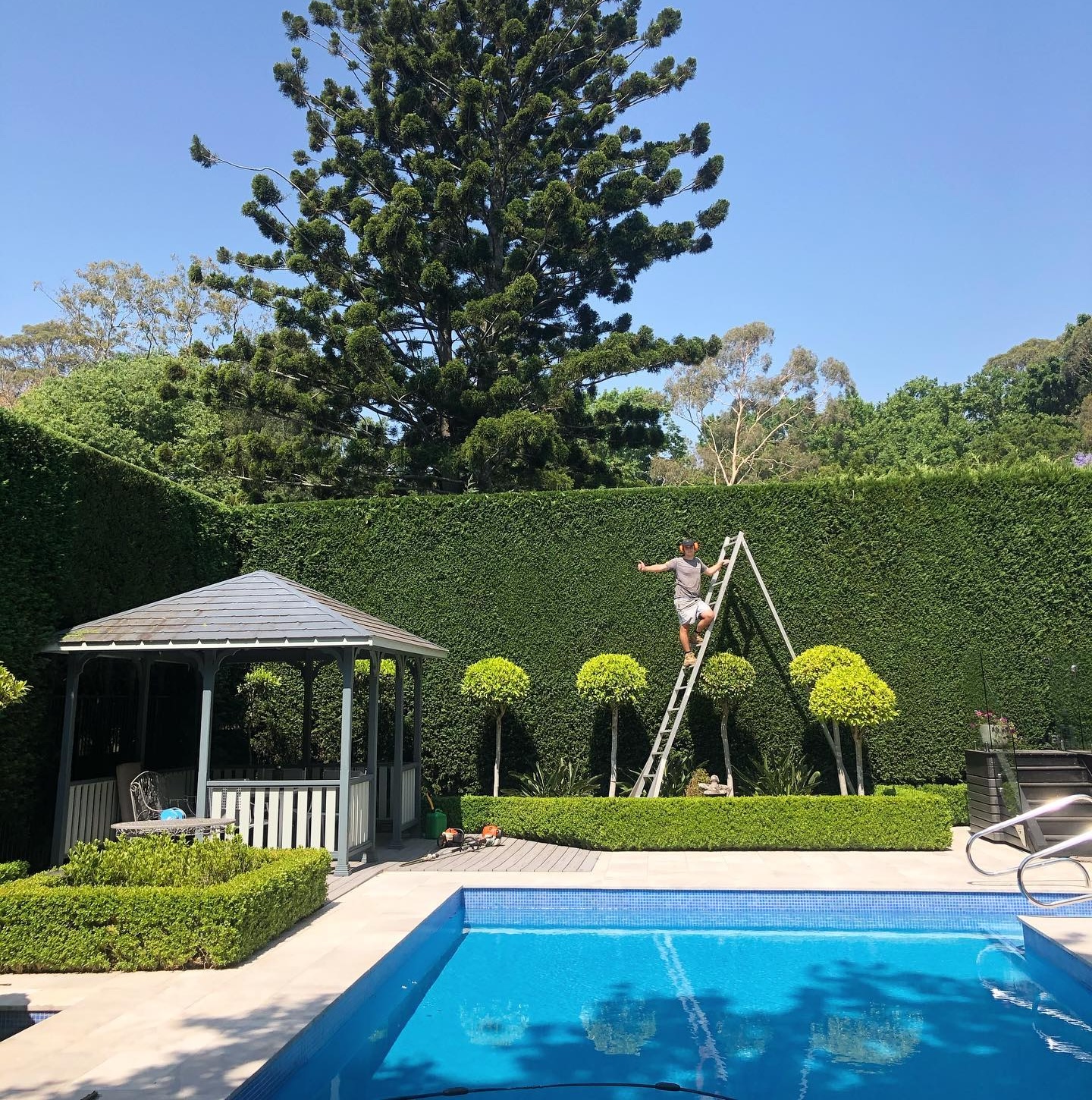7 Ways To Top Big Cedar Hedges In Victoria, BC
A task that requires careful consideration
Need help with your yard? Get your free quote today!
Get a Free Quote!
Topping big cedar hedges in Victoria, BC—or anywhere—is a task that requires careful consideration. Cedar trees and hedges are valuable for their aesthetic appeal, privacy, and as windbreaks. However, topping, which involves cutting the top off trees or hedges to reduce their height, is generally not recommended by arboriculture experts because it can lead to poor growth patterns, increased susceptibility to pests and diseases, and can severely impact the plant's health and natural shape.
If your goal is to manage the height of a cedar hedge for practical reasons, such as to maintain a view or comply with local regulations, it's crucial to approach the task with an understanding of how to minimize harm. Here’s a guide on how to responsibly manage the height of big cedar hedges in Victoria, BC, where the mild, moist climate can help cedars recover more effectively from pruning:
1. Understand Cedar Growth Habits
- Cedars grow from the terminal tips and do not easily sprout new growth from old wood. This means severe topping can leave unsightly, bare sections that may never regrow foliage.
2. Best Time for Pruning
- The best time to prune cedars in Victoria, BC, is late winter to early spring before new growth starts or in late summer after the growth spurt has finished. Avoid heavy pruning in fall as it can leave the hedge vulnerable to winter damage.
3. Use Proper Tools
- Ensure your pruning tools are sharp and clean to make precise cuts and reduce the risk of disease. For larger branches, use a saw, while hand pruners or hedge clippers can manage smaller growth.
4. Gradual Height Reduction
- If you must reduce the height, do it gradually over a few seasons. This approach minimizes stress on the plants and allows you to shape the hedge more naturally over time. Aim to reduce the height by no more than one-third in a single year.
5. Pruning Technique
- Identify the desired new height of your hedge. Use stakes and string as a guide to ensure a level top.
- When cutting, look for lateral branches that can act as the new tips. Cut just above these lateral branches, aiming to leave as much green foliage as possible to encourage recovery and regrowth.
- Shape the hedge so it’s wider at the base than at the top. This tapered shape allows sunlight to reach the lower branches, promoting denser foliage.
6. Aftercare
- After pruning, water the hedge deeply and consider applying a balanced, slow-release fertilizer to support recovery and new growth. Mulching at the base can help retain soil moisture and protect the roots.
- Monitor the hedge for signs of stress or disease and take action as necessary to maintain its health.
7. Consult a Professional
- Given the potential for long-term damage from incorrect topping, consider consulting a professional arborist or a landscape specialist with experience in cedar hedge maintenance. They can assess the health of your hedge and perform or recommend appropriate pruning techniques to achieve your goals without compromising the hedge's health or appearance.
By approaching the task with care and informed by best practices, you can manage the size of your cedar hedge in a way that preserves its beauty and health, contributing positively to your garden and the local environment in Victoria, BC.
